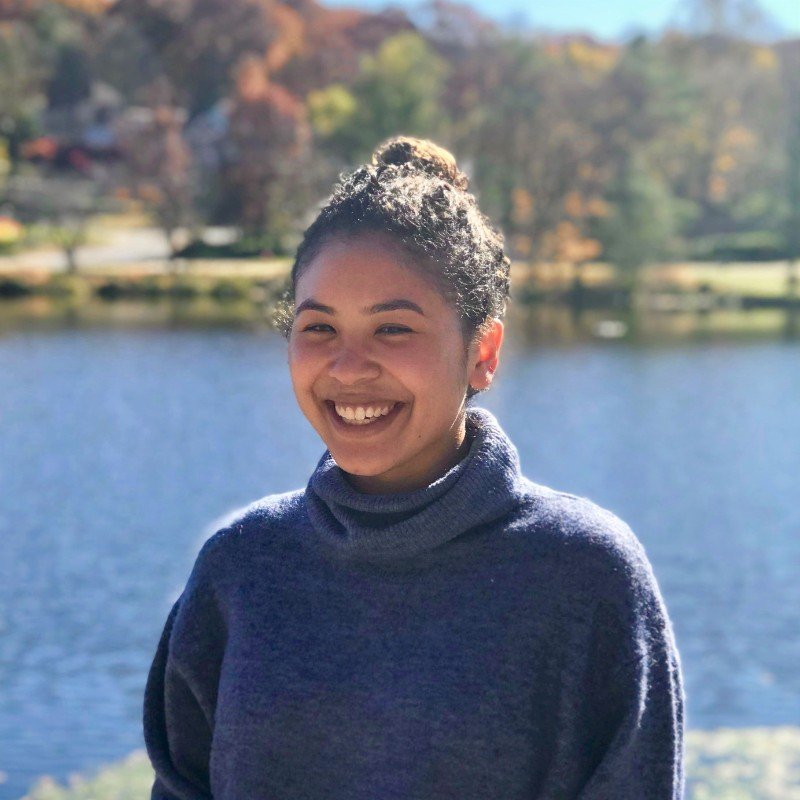Assessing meaningful community engagement (ACE)
In collaboration with the National Academy of Medicine, funded by the Robert Wood Johnson Foundation.
Ayodola Anise
Deputy Director, National Academy of Medicine
Asia Williams
Associate Program Officer, National Academy of Medicine
Julie Tarrant
Associate Program Officer, National Academy of Medicine
Kim Erwin
Director, Equitable Healthcare Lab, Associate Professor of Healthcare Design and Design Methods
Tomoko Ichikawa
Associate Professor of Practice, Institute of Design
CHALLENGE
How might we measure the effects of community engagement when included in health, healthcare and health equity initiatives?
The Urban Institute observes that “authentic and sustainable community engagement is integral to advancing health equity and eradicating barriers to community well-being.” And yet measurement practices to understand if engagement is happening and identify its impact are missing. We need a strategy and resources.
APPROACH
As part of the 37 member ACE Organizing Committee, we co-designed a conceptual framework for measuring community engagement within health-related initiatives. In-depth interviews with community partners from across the US identified 71 desired outcomes that could be measured. Using an iterative clustering process with community partners and the Organizing Committee, we emerged with 5 domains and 19 potential indicators of high-quality community engagement. To visualize these as a conceptual model, we used iterative prototyping with community partners. In total, we explored twelve significantly different versions . All community leaders reviewed and refined the final conceptual model.
Find full story and set of materials on the National Academy of Medicine website
OUTCOMES
The final conceptual model illustrates an ideal: how high-quality community engagement can drive waves of change and improvement in five healthcare-related domains. Change within a domain can be measured using the list of community-preferred indices. Change within a domain can then generate change in adjacent categories. These waves of change add up — they should promote improved health equity through transforming our systems for health.
This model is intended for use by: funders to promote and mandate meaningful community engagement; researchers to improve and measure their community engagement; and community leaders to make the case for more inclusive, comprehensive involvement in health-related initiatives that affect their constituents.
Validated assessment instruments — 28 in total — for measuring change in these domains can be found on the National Academy website.
We then developed a set of real-world impact stories. Using interviews, multimedia and the conceptual model, we constructed the impact stories to showcase the power of incorporating community residents — faith-based, Black, Navajo, LGBTQ, rural, urban, low-income — on community health outcomes. Stories also demonstrate how community partnerships can lay the groundwork for further engagement and improvement.
Find the full set of impact stories, including downloadable versions, on the National Academy of Medicine website.
ADDITIONAL FILES
National Academy of Medicine Assessing Meaningful Community Engagement











